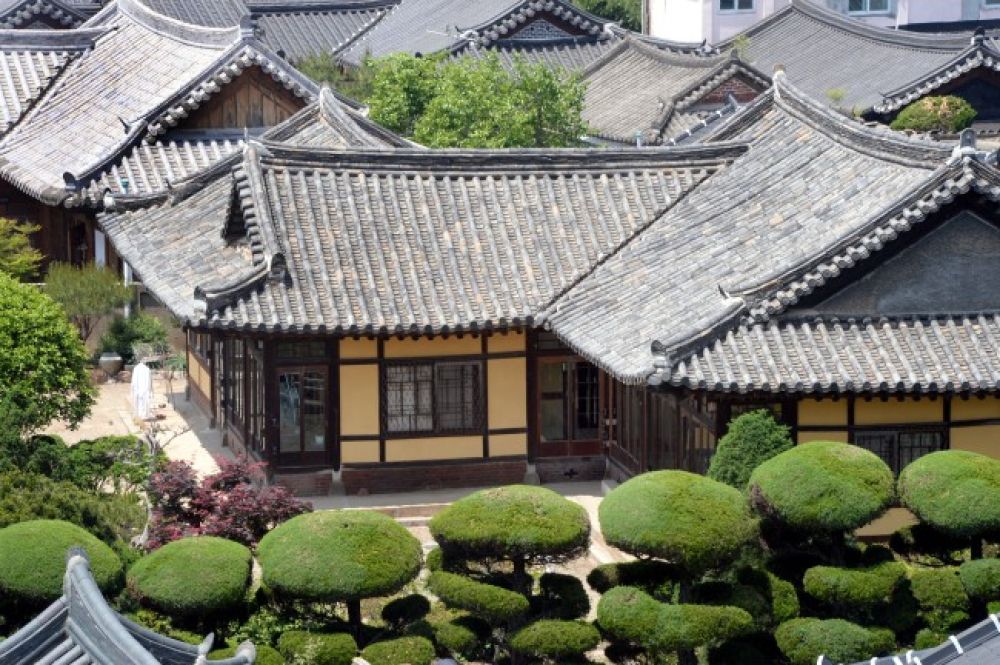

Jeonju Hanok Village, nestled in the heart of Jeonju, South Korea, is a traditional village that boasts over 700 hanok, or traditional Korean houses. The village is a testament to the rich history and cultural heritage of Korea. It offers a unique glimpse into the past, allowing visitors to experience the traditional way of life in Korea. Here, we delve into the history of tourism in Jeonju Hanok Village and explore its evolution over the years.
The history of Jeonju Hanok Village as a tourist destination began in earnest in the late 20th century. Despite the modernization that has taken place throughout South Korea, Jeonju Hanok Village has carefully preserved its traditional architecture, making it a cultural hotspot. The government's initiative to revitalize traditional Korean hanoks led to increased interest and efforts to maintain these historic structures. This laid the foundation for its eventual growth as a major tourist attraction.
In the early 2000s, Jeonju Hanok Village was designated as an important tourist zone. The South Korean government and local authorities began to actively promote the cultural and historical significance of the area. Efforts were made to preserve not only the hanoks themselves but also the traditional crafts, arts, and cuisine associated with Jeonju. This cultivated an immersive cultural experience that attracted both domestic and international tourists.
Tourism in Jeonju Hanok Village has seen significant growth over the past two decades. Infrastructure has been developed to support the influx of visitors, including guesthouses, restaurants, and cultural centers. Tourists can enjoy traditional experiences such as wearing hanbok, the Korean traditional attire, making bibimbap, a dish Jeonju is famous for, and participating in paper-making workshops.
Recently, the village has experienced a surge in popularity, partly due to the global Hallyu wave, the increase in popularity of Korean culture worldwide. Besides the traditional activities, tourists are now also flocking to the village to enjoy modern twists on traditional crafts and to participate in cultural festivals that are held throughout the year. Night tours and light festivals have increased in popularity, illuminating the hanoks, and providing a romantic and captivating experience.
Looking to the future, sustainable tourism has become a focus, ensuring that growth does not come at the expense of the village's heritage. Plans have been made to balance the preservation of the traditional architecture and culture with modern amenities that cater to the evolving needs of tourists. The village continues to innovate, offering new ways for visitors to engage with the traditional Korean way of life while protecting and celebrating its historical significance.
Jeonju Hanok Village remains a jewel in the crown of South Korea's cultural destinations, drawing visitors from all over the world to its narrow alleys, peaceful courtyards, and vibrant cultural scene. Its history as a tourist destination is a testament to the ongoing appeal of cultural and historical travel experiences.